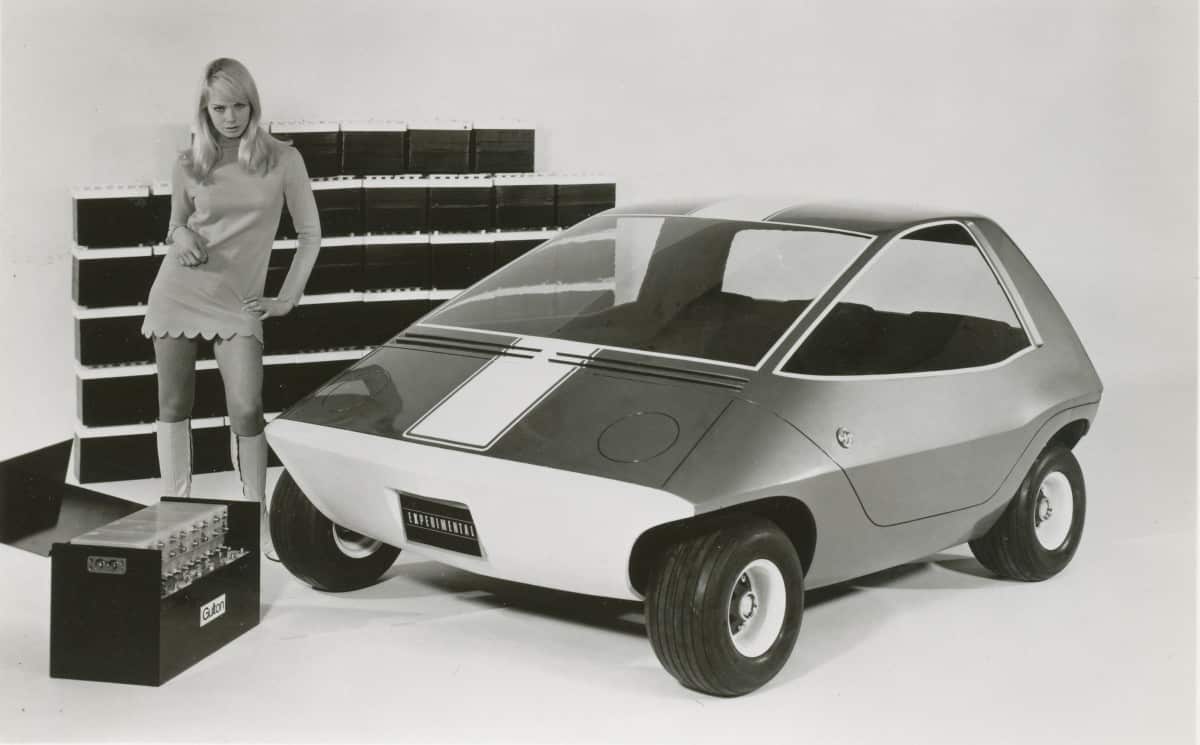
The ‘strict’ environmental objectives for 2021 are rapidly approaching. In that year, the average tank-to-wheel CO2 emissions for an automobile concern’s entire fleet are permitted to amount to just 95 grams, assuming an average weight of approximately 1380 kg per vehicle. For every 30 kg of lighter or heavier weight, respectively 1 gram more or less of CO2 may be emitted.
If a concern fails to meet this CO2 requirement, it may be liable to a fine of € 95 per gram per car or it may approach other manufacturers. FIAT / Chrysler has made a deal with Tesla. Tesla blasts away the excess CO2 from the Fiatjes for half a billion euros.
This is a step too far for the German automobile manufacturers. They intend to solve the problems internally, however, this is not easy because the customer wants SUV’s, which are not the most energy efficient due to their heavy weight and aerodynamic resistance. Part of the solution lies in the sale of plug-in hybrids. Mercedes is working on a major expansion of this. The E300 diesel plug-in emits 44 grams according to the test cycle. That brings down the average even more.
Still making money
Aside from that, it is also advantageous to sell all-electric cars. You may make a considerable loss on these because each electric cars reduces CO2 emissions by 95 grams * 1.67 (multiplier) = 159 grams in one go. Any losses that should be covered are easy to calculate. Suppose that in 2021 Mercedes sells 700,000 cars with an average of 1 gram of excess CO2 emissions, the fine per car is then €95 and therefore € 66.5 million in total. If in that scenario Mercedes sells 4400 electric cars with a loss of less than € 15,000 per car, it will still have made money.
Well, that all sounds fine, however there is a peculiarity in the legislation, and that is the condition that favors electric SUVs. The original “problem” – how customers really want SUVs – now appears to be a considerable tax advantage for the manufacturer in question. An example is the Audi E-Tron with a weight of 2490 kg. This car emits zero grams well-to-wheel, but the calculated emission is (1380 – 2490) / 30 = – 37 grams CO2 as a result of its weight component. This is in addition to the standard 159 grams advantage!
Under the current legislation, in the coming years car manufacturers will be able to sell heavier electric status symbols than small electric cars. Just like back in the seventies, when there were no CO2 emission requirements at all then.
About this column:
In a weekly column, alternately written by Eveline van Zeeland, Jan Wouters, Katleen Gabriels, Maarten Steinbuch, Mary Fiers, Carlo van de Weijer, Lucien Engelen, Tessie Hartjes and Auke Hoekstra, Innovation Origins tries to find out what the future will look like. These columnists, occasionally supplemented with guest bloggers, are all working in their own way on solutions for the problems of our time. So tomorrow will be good. Here are all the previous episodes.

